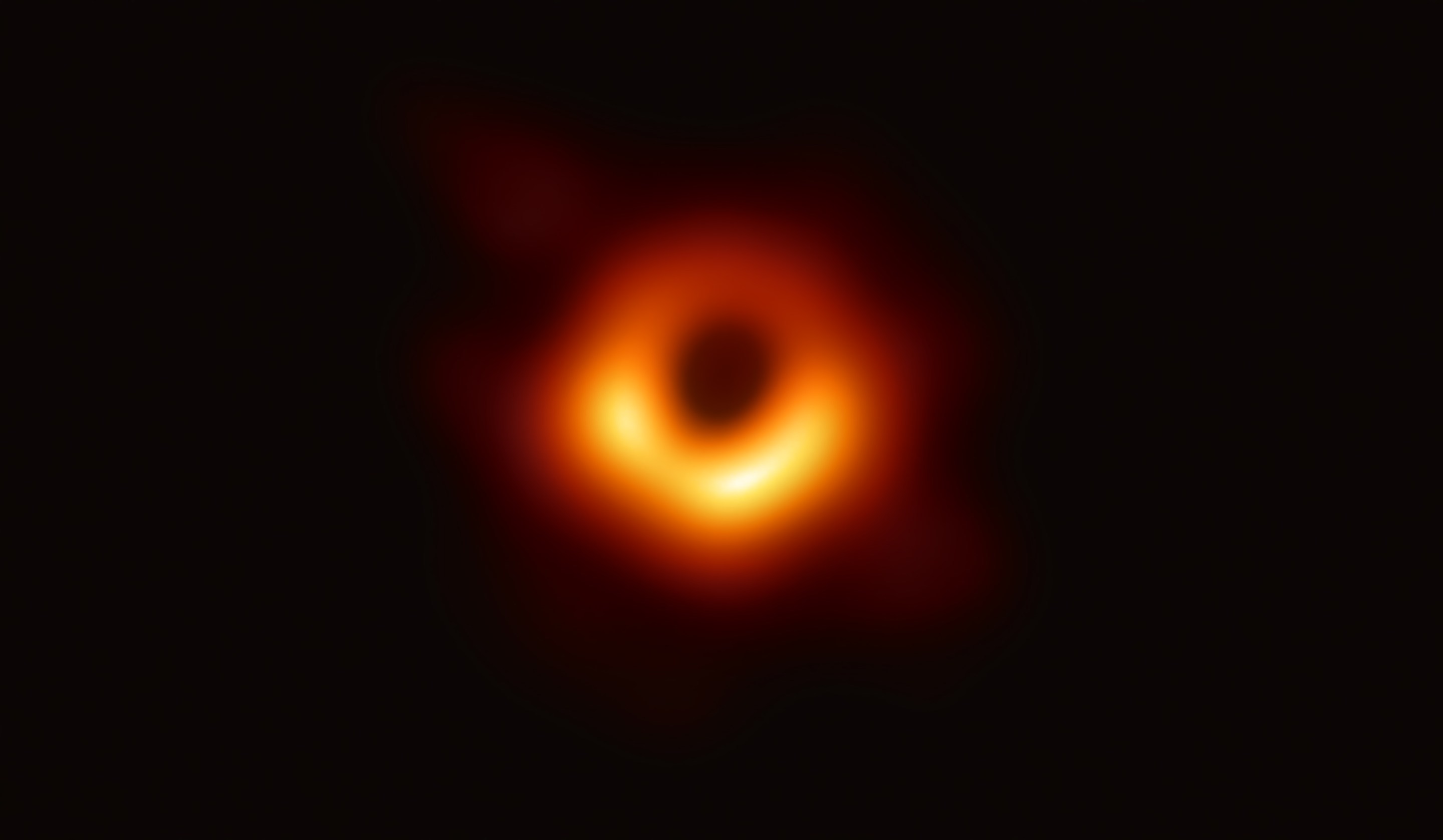It would be highly unpleasant if you fell into a black hole. The gravitational forces would be so intense that—assuming you fell feet-first—the pull on your feet would be that much stronger than the pull on your head, just because it's a little closer to the center of gravity. It wouldn't be a "little" closer for very long. At some point, a few hundred or thousand miles out depending on the black hole's size, the gravitational gradient would be so steep that the tidal forces would yank your nearer bits inward, deforming your body into a ludicrously long and thin noodle. This process is aptly called spaghettification. It's the same process by which the moon creates tides on earth, taken to an extreme.
Nobody has been spaghettified yet, though if we get enough subscription renewals we will consider constructing a ship to send Chris Thompson directly into Sagittarius A*. But spaghettification is not just for unlucky astronauts and bloggers with death wishes. It's also how black holes "eat" stars unwise enough to wander close enough. The tidal forces shred the hapless star, and the black hole's rotation wraps the former star's filaments around it like, well, spaghetti around a fork. (If you're enjoying the spaghetti analogies, there's still one more to come.) This is a hugely violent act, and roughly half of the star's material is ejected outward, visible to us as radio emissions. But the other half, the so-called accretion disk, was believed to be relatively stable, gradually spiraling inward, allowing the black hole to feed leisurely for a long time after its initial capture. And that was supposed to be the end of the show.
Until very very recently, all this was determined from mathematical models; it wasn't until 2018 that a black hole was imaged in the act of making a star into pasta. In the ensuing years, scientists have paid closer attention to these tidal disruption events, or TDEs. And in a new paper submitted to the Astrophysical Journal and currently in preprint, researchers say they've found something totally unexpected and thus far inexplicable: Black holes have been "burping" up their food for years after they dine.
"Black holes are messy eaters," Yvette Cendes, the study's lead author and a researcher at the Havard–Smithsonian Center for Astrophysics, said in a Reddit post describing the paper. The scientists spent years peering at black holes who had recently fed, and found that many of them mysteriously started spitting out radio emissions months and years later—often rising to second and even third highs well after the initial TDE had subsided.
"There was a second peak, the two black holes re-brightened, and that's completely new and unexpected," Cendes told Live Science. "People were thinking that you'd have one outflow, and then it's kind of done. So this observation means these black holes can 'turn on' and then 'turn on' again."
It doesn't appear to be rare, either: Ten of the 24 TDEs the group monitored later yarked up starstuff. It seems black holes eat a little bit like a toddler with a bowl of spaghetti in sauce (there it is): a whole lot of it is gonna end up elsewhere.
Why didn't we notice this before? Well, we don't often find what we don't expect to see, and in this case we weren't even looking. As Cendes noted, "radio telescope time is precious," and it wasn't considered a good use of time or money to point telescopes at the aftermath of a starfeast, when it was presumed that the fireworks were over. But this team kept observing the black holes, and found them spitting up as long as six years later. It's not known how common this process is or how long it lasts; only further observations will tell. But it's jarring enough that it happens at all, because there's no currently known mechanism for matter to escape a black hole's accretion disk.
To be clear, we're not talking about stuff that's fallen inside a black hole emerging. Once you're past the event horizon, you're not leaving, not even if you're literally light. We're also not talking about axial jets; the paper's authors were able to observe those too, and they're entirely separate forms and sources of radio emission. What we are talking about is something theoretically sound but mechanically unclear—some method that allows matter to escape what we believed to be an inexorable downward spiral. The study, reasonably, doesn't even pretend to attempt an answer. But Cendes does get a little more speculative in her Reddit post. She observes that the only computer models that explain these observations are one in which an accretion disk, contrary to current and accepted theory, doesn't actually form for a long time after a TDE. In this scenario, perhaps all those chewed-up star bits are knocking about chaotically for a while, occasionally sending chunks scudding off into space, before settling down into a stable disk.
That's all conjecture for now. We can't know more until further observations are made, or until we fling Chris into a black hole and recover some of his atoms.






